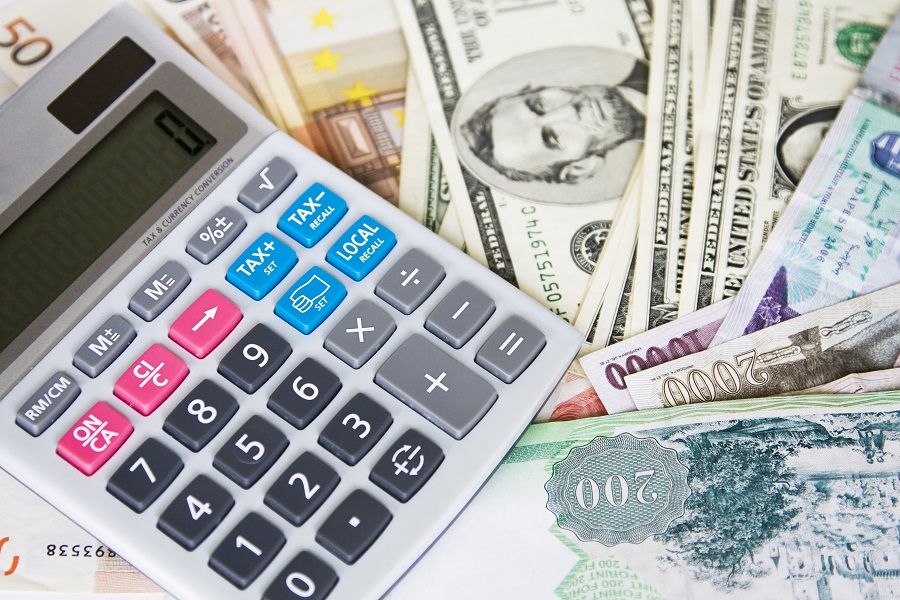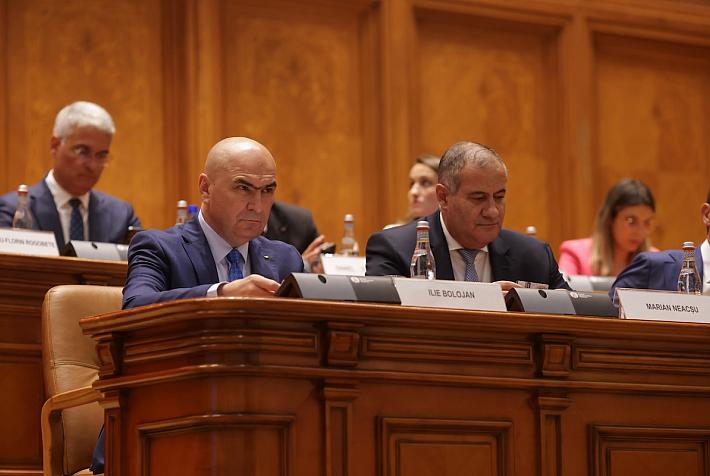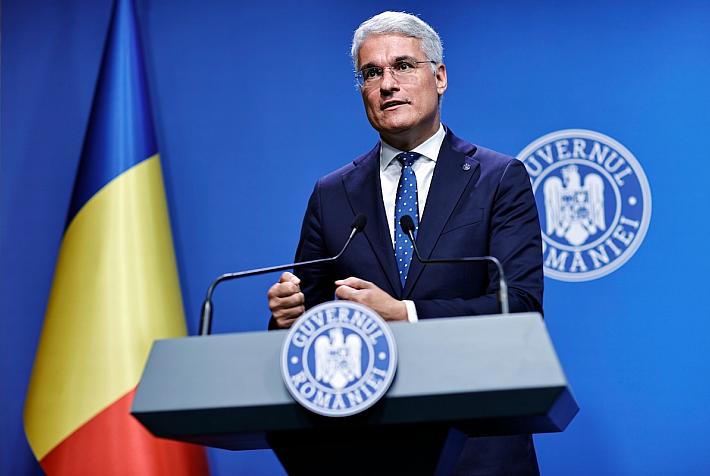Romanian Chamber of Deputies' budget per MP, below EU average, further cuts possible

 Romania's Chamber of Deputies could cut costs on various levels, although its expenditures per MP are lower in the the EU average, found a study by PwC. The Chamber of Deputies' budget divided by the number of MPs is approximately three times lower than the European average, according to an analysis by PwC Romania. Accordingly, expenses per Member of Parliament amounted in 2010 to EUR 150,000 as opposed to an EU average of EUR 431,000 per MP. Romania's Chamber of Deputies made EUR 47.9 million payments in 2010, and most of them were human capital expenditures.
Romania's Chamber of Deputies could cut costs on various levels, although its expenditures per MP are lower in the the EU average, found a study by PwC. The Chamber of Deputies' budget divided by the number of MPs is approximately three times lower than the European average, according to an analysis by PwC Romania. Accordingly, expenses per Member of Parliament amounted in 2010 to EUR 150,000 as opposed to an EU average of EUR 431,000 per MP. Romania's Chamber of Deputies made EUR 47.9 million payments in 2010, and most of them were human capital expenditures.
The annual cost covered by every citizen for financing the Chamber of Deputies' budget is of EUR 2.33, four times lower than the EU average of expenses of EUR 8.29 per citizen. However, the Chamber of Deputies budget counts for 0.21 percent in the overall state budget, almost double from the EU average of 0.13 percent, according to PwC.
The Chamber of Deputies could cut costs on various levels, found the PwC analysis. For example, the cost reduction resulting from lower paper consumption could reach up to EUR 97,000 per year, while using exclusively economic equipment for printing and copying (dedicated centres), could lead to cost savings of up to EUR 232,000 per year (approximately 30 percent of the yearly expenditure for printing and copying documents).
Using operational leasing for vehicle acquisitions would allow the Chamber of Deputies to renew its car fleet without initial capital expenditure, and could also lead to reducing the operating costs. According to the PwC analysis, the annual cost reduction resulting from the introduction of the operational leasing would exceed EUR 23,000, while switching to diesel equipped cars could also save up to EUR 140,000 per year. Therefore, over a four year period, the cost reduction could amount to around EUR 790,000.
„Our analysis identified several areas where efficiency improvements are possible, could lead to significant cost savings in the future years, and could generate processes optimization inside the institution, increase the productivity of employees and lead to a better definition and monitoring of the key performance indicators”, stated George Dorobanţu, Manager, Advisory Services, PwC Romania, one of the authors of the report.
The PwC report proposes 10 areas for increased efficiency: Separation of the administration of the Parliament Building, renewal of the car fleet through operational leasing contracts, increasing the efficiency of the document management processes, centralizing the public procurement processes, reducing the levels of slow moving stocks through sale, implementing a system of ticketing for support activities, efficient allocation of existing office space, reducing the expenditure for utilities, defining and implementing key performance indicators, improving the efficiency of the budgeting processes.
The PwC analysis also pinpoints that almost 90 percent of the documents processed in the Romanian public institutions are on paper format. Also, the representatives of the Chamber of Deputies estimate that 40 percent of the total employee workload is dedicated to managing documents.
The analysis of the expense structure of the Chamber of Deputies was performed between January and May 2011, while the final report with PwC’s conclusions was submitted to the leadership of the Chamber of Deputies by the end of May 2011.
Corina Saceanu, corina@romania-insider.com
(photo source: Sxc.hu)











